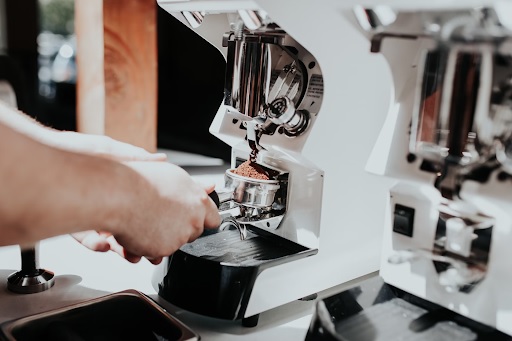Compensators are accessories that shooters attach to the muzzle of their pistols as they allow them to shoot flatter. The job of a compensator is to vent gas upward, and it pushes down the muzzle. Thus, it compensates for the flip that the discharge of gases causes at the time of firing. At times, some people fail to realize the impressive results that this small accessory brings as compensators look funny and they have holes in them.
They remain linked to the end part of the barrel. Compensators harness energy from the escaping gas after the bullet and the barrel get separated. The high-pressure gas pushes the bullet blasts from the barrel at a higher speed compared to the speed at which a bullet travels. This gas gives rise to the recoil force.
The simple working formula
The working of a compensator is not intricate; rather, it works on a very simple principle. Its job is to direct the exploring propellant gases of a cartridge upward, and this, in turn, lessens muzzle flip as well as recoil at the time of ignition. You need to fix compensators to the muzzle of your handgun, commonly using a threaded barrel. Again, you can also machine some holes into the top of the barrel. However, you must be mindful that a ported barrel isn’t a compensator.
Purchasing a Canik Mete SFX Pro P3 Compensator
Rely on Canik Mete SFX Pro P3 Compensator for better shooting from reliable sites. The P3 compensator features a 3-port design accompanied by a solo blast chamber. Thus, shooters enjoy lessened muzzle rise as well as recoil. So, you will have faster sight acquisition in your follow-up shots. You can thread P3 onto the ½-28 threaded barrel from Canik, and it remains locked into a place by some screws to assure users of an excellent fit. Some cerakote colors in which you will find this compensator are FDE, Ruby Red, Gold, Black, Burnt Bronze, Satin Aluminum, Multicam Olive, Zombie Green, and Grey (tungsten).
The different designs of a compensator
Fortunately, you will find compensators in various designs, and they are also found in differing numbers of ports and expansion chambers. If you hunt for a highly effective design for a compensator, you will find it to have a little exit hole that will allow a bullet. It is created this way so that the bullet works like a plug while passing via the baffle plate.
Another common design of a compensator that caters to 1911-type pistols is the bushing-replacement compensator. It substitutes barrel bushing. Hence, it remains linked to the slide. With the cycling of the gun, the barrel does pass via the length that the compensator has. Hence, the exit hole should be large enough to fit the thickness of the barrel, as it is larger than the bullet.
Compensators do not cater to all people
Compensators do not cater to every gun or every person out there. They seem to be the ideal accessory for some kinds of competition where scores are given on time or by some shooters. Whether a compensator is a necessity or practical determines its usefulness. A trustworthy site like like 45blast.com can help you with everything.



